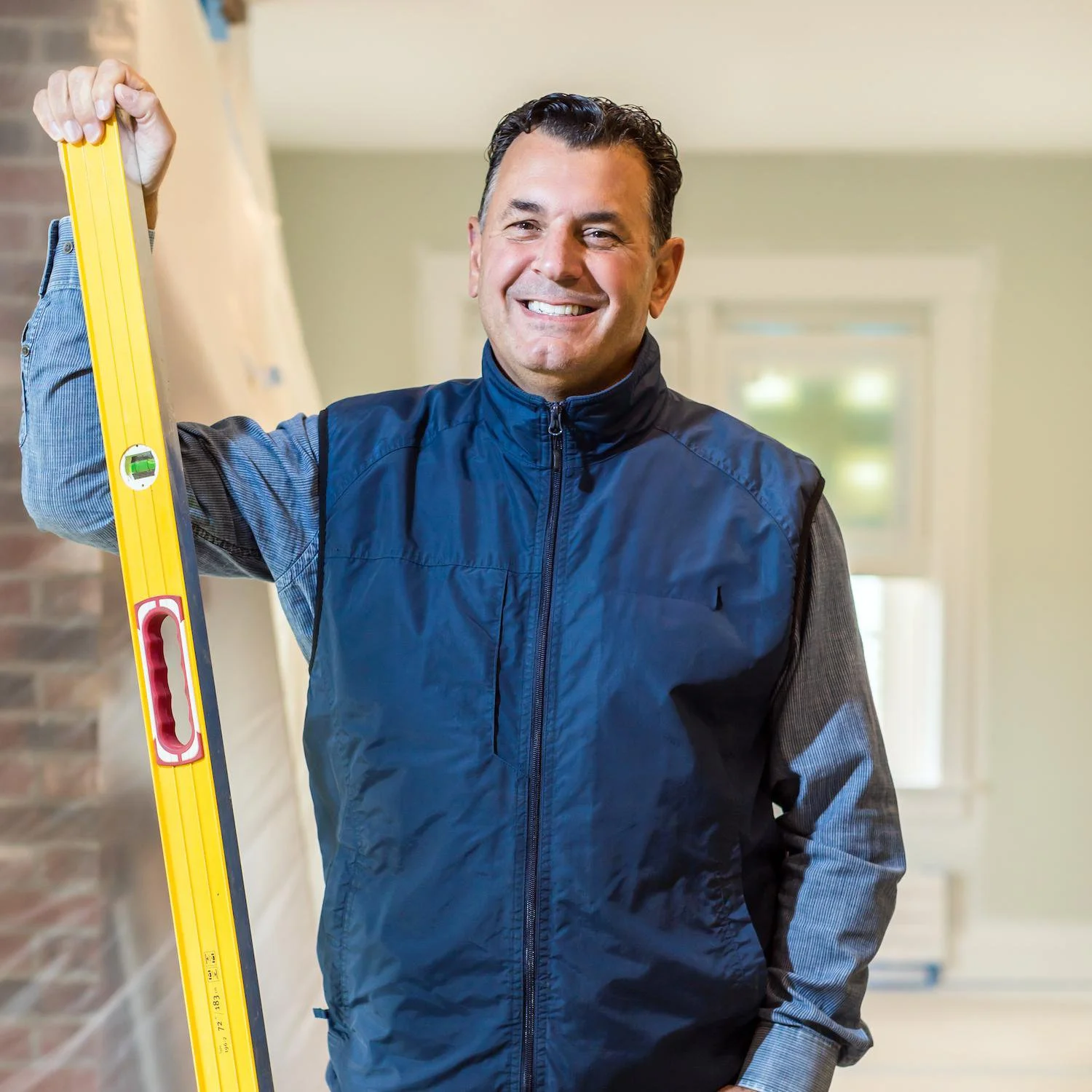Navigating the Challenges of Building in Boston’s Historic Neighborhoods
Building in century-old homes is no easy task
Working as a residential general contractor in Boston’s historic neighborhoods is an experience like no other. From the stately brownstones of Beacon Hill to the quaint brick homes of the North End, these neighborhoods hold stories that stretch back centuries. Each project here is an opportunity to preserve a piece of history while bringing it gracefully into the 21st century—a task that’s both rewarding and riddled with challenges.
Respecting History and Meeting Modern Standards
One of the greatest joys of working in these neighborhoods is the chance to blend old-world charm with modern comforts. But that comes with a balancing act: respecting the past while delivering the future. Strict preservation guidelines—enforced by the Boston Landmarks Commission and local historical societies—mean we’re often limited in how we can alter a structure’s façade or even its footprint.
Replacing a window or a door isn’t as simple as picking something off the shelf; it’s about finding historically accurate materials and techniques that satisfy both regulatory bodies and today’s homeowners’ expectations. It requires meticulous planning and close collaboration with preservation officers to ensure that every decision is made with the neighborhood’s character in mind.
Tight Spaces and Unique Site Conditions
Beyond historical regulations, the very nature of these neighborhoods presents physical challenges. Narrow, winding streets that were never designed for modern construction equipment make material delivery and waste removal a logistical puzzle. In some cases, the only access is through alleys or shared courtyards, requiring smaller loads, creative staging, and a lot of patience.
Historic homes themselves come with quirks—uneven floors, hidden chimneys, century-old plaster that’s seen better days. These idiosyncrasies demand a contractor’s keen eye and a craftsman’s touch. It’s about finding the line between preserving what’s there and making sure it’s safe and comfortable for today’s families.
Working with the Community
Perhaps the most rewarding—and humbling—part of working in these neighborhoods is engaging with the community. Longtime residents often have deep emotional connections to their homes and the neighborhood as a whole. They’re not just looking for a renovation; they’re trusting us to care for a piece of their history.
We’ve learned that listening is key—listening to homeowners’ hopes, to neighbors’ concerns about construction noise and disruptions, and to the spirit of the neighborhood itself. That dialogue shapes every decision we make on-site.
Embracing the Challenge
Working in Boston’s historic neighborhoods isn’t easy, but that’s precisely what makes it worthwhile. Each project becomes a dialogue between past and present, an opportunity to weave modern living into a tapestry that’s centuries old. For us, the challenge is more than just construction—it’s stewardship. And there’s no better city in the country for that journey.
